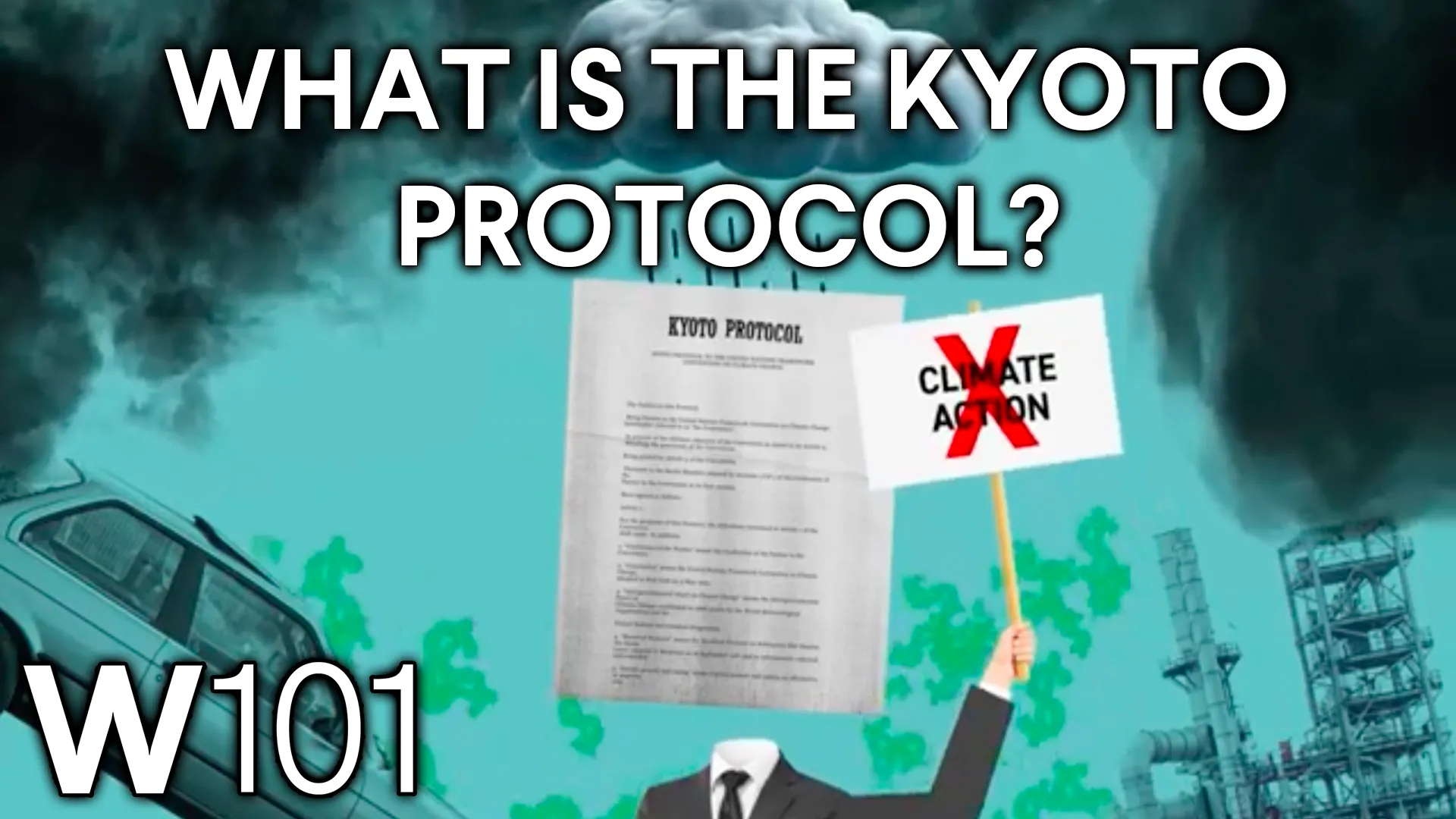How Do Treaties Get Made?
In this U.S. foreign policy video, understand the challenges of negotiating treaties and dive into two international climate agreements.
Although the president leads the country’s foreign policy, the Constitution gives the Senate the exclusive power to approve foreign treaties.
The Kyoto Protocol and the Paris Agreement
In the 1990s, the Senate exercised this authority by opposing the Kyoto Protocol—a global climate agreement strongly supported by President Bill Clinton. Learning from that episode, President Barack Obama sidestepped Capitol Hill when advancing his own climate initiative, the Paris Agreement, in 2015.
Instead of going through the typical treaty-making process, Obama relied on a mix of other presidential powers and legal responsibilities to enter into an executive agreement, which is essentially an international treaty without congressional approval. Although such agreements are easier for presidents to make, they’re also easier for subsequent presidents to tear up when they disagree with their predecessors’ policies, as was done with Obama's treaty during the Trump Administration.
In this video, we dive into two international climate agreements and explore how the Senate and the president have historically jockeyed for power in the treaty-making process.
